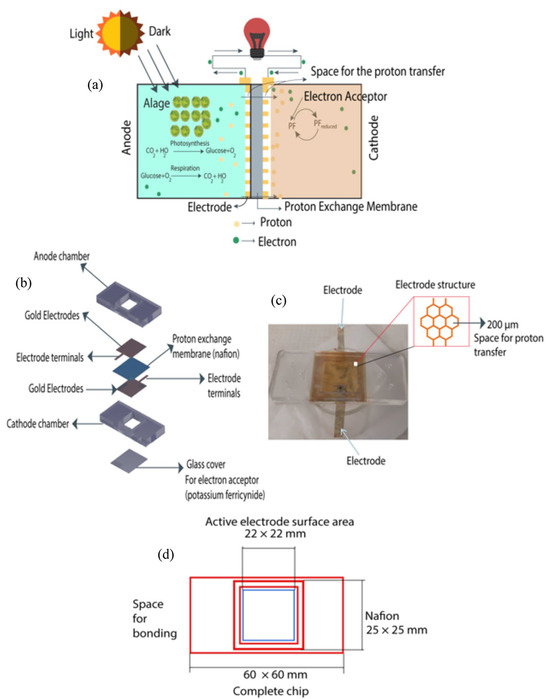2024-06-21 マックス・プランク研究所
<関連情報>
- https://www.mpg.de/22005299/massive-black-holes-earliest-quasars
- https://www.nature.com/articles/s41550-024-02273-0
JWSTのレストフレーム赤外分光で明らかになった宇宙の夜明けの成熟したクェーサー A mature quasar at cosmic dawn revealed by JWST rest-frame infrared spectroscopy
Sarah E. I. Bosman,Javier Álvarez-Márquez,Luis Colina,Fabian Walter,Almudena Alonso-Herrero,Martin J. Ward,Göran Östlin,Thomas R. Greve,Gillian Wright,Arjan Bik,Leindert Boogaard,Karina Caputi,Luca Costantin,Andreas Eckart,Macarena García-Marín,Steven Gillman,Jens Hjorth,Edoardo Iani,Olivier Ilbert,Iris Jermann,Alvaro Labiano,Danial Langeroodi,Florian Peißker,Pierluigi Rinaldi,… Bart Vandenbussche
Nature Astronomy Published:17 June 2024
DOI:https://doi.org/10.1038/s41550-024-02273-0

Abstract
The rapid assembly of the first supermassive black holes is an enduring mystery. Until now, it was not known whether quasar ‘feeding’ structures (the ‘hot torus’) could assemble as fast as the smaller-scale quasar structures. We present JWST/MRS (rest-frame infrared) spectroscopic observations of the quasar J1120+0641 at z = 7.0848 (well within the epoch of reionization). The hot torus dust was clearly detected at λrest ≃ 1.3 μm, with a black-body temperature of dust=1,413.5+5.7−7.4 K, slightly elevated compared to similarly luminous quasars at lower redshifts. Importantly, the supermassive black hole mass of J1120+0641 based on the Hα line (accessible only with JWST), MBH = 1.52 ± 0.17 × 109 M⊙, is in good agreement with previous ground-based rest-frame ultraviolet Mg II measurements. Comparing the ratios of the Hα, Paα and Paβ emission lines to predictions from a simple one-phase Cloudy model, we find that they are consistent with originating from a common broad-line region with physical parameters that are consistent with lower-redshift quasars. Together, this implies that J1120+0641’s accretion structures must have assembled very quickly, as they appear fully ‘mature’ less than 760 Myr after the Big Bang.


